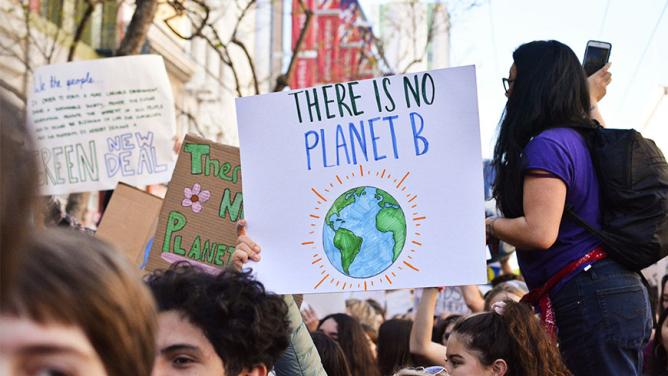This is due to the fact that damage has been inflicted on all activity sectors, including the destruction of infrastructure. While global warming threatens to expose cities to ever more serious and increasingly frequent events, a number of voices have been raised to remind people that these crises only become catastrophes when cities are not well prepared.
Pinpointing the fragilities
In Houston, the shortcomings of urban planning were quickly put under the spotlight: normally, grasslands and parks should be able to absorb enough water, however, this process is being inhibited due to numerous constructions that cover these soils. In Florida, insufficient infrastructure maintenance could have dramatic consequences. Could these catastrophes have been avoided? There’s no simple answer to this question. Even if all necessary measures had been implemented in Houston, Hurricane Harvey, due to its exceptional strength, would have wreaked considerable havoc. However, given the proliferation of these crises, experts strongly advocate a new approach to urbanization.
A new approach to reconstruction
The period following a disaster is a critical time: the authorities must plan, design and implement reconstruction and rehabilitation programs. It is important to learn lessons from these events and to reduce the vulnerabilities that have been exposed, but also to avoid going back to business as usual. Cities must be made more resilient. In other words, they must “Build Back Better ” to reduce the risks and damage caused by disasters, but above all to return to stability more quickly following a catastrophe. How? By adopting an integrated approach combining adapted technical means, urban planning, governance and legislation.


